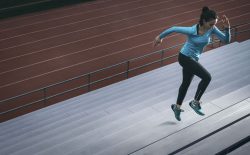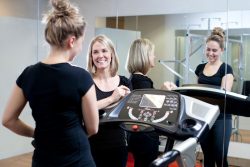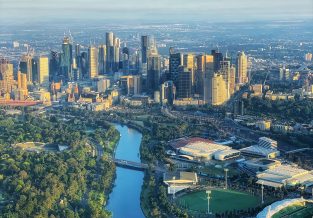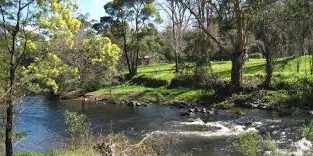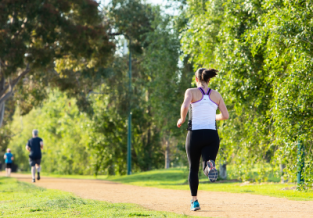Running with Kate Senini: Part 3 of 3
Published on
08 Aug 2017
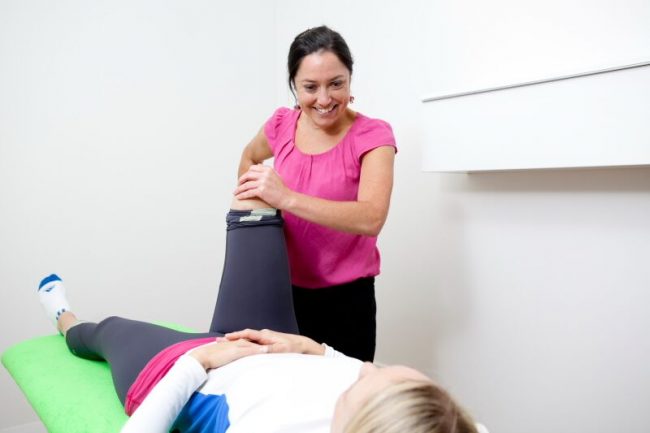
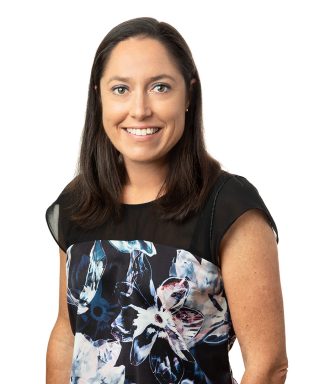
Written by
Kate Senini
Consultant Physiotherapist
Call us on: (03) 9975 4133
In part 3 of this running series, Kate Senini explains how to best achieve biomechanical excellence and why physiotherapy is such an important part of your training!
How To Achieve Biomechanical Excellence!
Core stability is achieved through specific re-training and muscle re-education of the deep layer of muscles in our lower abdominal region. When these muscles are firing well we will achieve a neutral spine which is not slouching, but equally not over arching in the low back.
A neutral spine provides the most efficient position for our arms and legs to operate throughout the running cycle. It also ensures the pelvis is correctly positioned to allow the deep pelvic and hip stabilizing muscles to fire.
Pelvic and Hip stability is achieved by educating the deep gluteal muscles to activate in single leg stance. It is important to retrain these muscles in specific positions to ensure they will be engaged during the running cycle.
Foot and Ankle Stability are required to ensure the phase of shock absorption at initial contact, followed by optimal push off position are achieved. This requires a specific order of muscle patterning to allow the foot to roll inward during a “pronation” phase to absorb the force of the foot striking the ground. This is quickly followed by a relative “supination” phase that ensures the foot is in a neutral position and is set up ready to push off through the big toe. If the push off phase occurs through a foot that is overly rolled inward (pronated) or through an outwardly rotated foot (supinated) then an overuse injury is more predisposed, and a suboptimal level of power will be seen.
In both the case of trunk and pelvic stability, as well as foot and ankle stability, it is often necessary to commence with isolated specific muscle activation exercises in order to reeducate the nerve pathways and fire up these muscles. From here their activation can be built into each specific phase of the running cycle.
Equally it is often important to work through an order of specific muscle firing through targeted exercises. This ensures the order of muscle firing is optimal in order to achieve optimal biomechanics. Strength, speed and endurance can then easily be incorporated into the program.
Physiotherapy Treatment of Running Injuries
Physiotherapy treatment of Running Injuries requires a detailed subjective assessment. This is used to establish the injury history, running related goals, requirements of their sport or activity, and other holistic work and social factors which may play a part in the patient’s recovery.
Treatment then has a two pronged approach.
1) One component of treatment is manual therapy which is utilized to regain normal joint mobility of both spine, pelvis, hips and lower limbs, and to release tight or overactive muscle and connective tissue. This will provide a starting point to regaining optimal tissue flexibility and joint fluidity as discussed above.
2) The other component is the specific rehab based re education and retraining of biomechanics. This commences with video analysis of the runners pattern. This is then broken down into the components, and any dysfunctions are identified and explained. From here a specific tailored exercise program is created to target re activation of particular muscles, and improving the strength, speed, activation of other muscles with underlying optimal joint stability. Runners are then gradually increasing their running through physiotherapy led guidelines in a natural and safe way.
We’re Here to Help!
If you’re wanting advice on how you can push your performance to the next level, or if you just want to ensure you’re running safely to prevent injury, then contact our friendly reception team and book a running assessment at one of our CBD locations today!
About the Author
Kate Senini — Consultant Physiotherapist
Kate was a founding partner at Pure Physio in 2010 after returning from working in the UK. Recently Kate has decided to focus exclusively on her clinical role. Helping people recover from injury and prevent future injuries has always been her true passion!
